Inquiries
Inquiries can be made via this form.
Achieve the true purpose of sleep!Toratani Circulation - Improving Bedding
Reap the health benefits of deep breathing throughout your entire sleep. Deep breathing improves relaxation through parasympathetic nerve activity and induces a restful sleep, drawing out body’s intrinsic power, and boosting one’s natural healing power.
The true purpose of sleep is to deliver sufficient oxygen to all cells, including brain cells, and to promote cellular regeneration and repair during sleep.
Breathing slowly and deeply to promote cellular respiration is the most effective way to achieve this.
However, with current bedding, pressure on the body from bedding causes shallow breathing throughout sleep, thereby resulting in oxygen deficiency in cells.
During sleep, breathing is performed unconsciously; therefore, with conventional bedding, the depth could not be changed.
“Toratani Circulation-Improving Bedding” has a three-dimensional structure designed to promote breathing by eliminating pressure on the body that weakens respiration.
The bedding induces natural, deep breathing, which induces a parasympathetic system-dominant state for relaxation, and leads to a restful sleep.
One-third of our lives is spent sleeping. Circulation-improving bedding enables the effects of “deep breathing” to be enjoyed throughout one’s entire sleep; thus, results in good circulation.
-
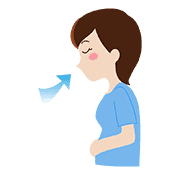
Deep breathing
-
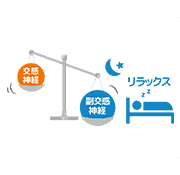
Lowers blood pressure and heart rate, and increases parasympathetic nerve activity
-

Facilitates relaxation and sleep
-
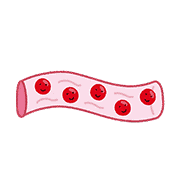
Dilates capillaries and increases blood flow
-

Delivers sufficient oxygen, nutrients, hormones, and immunity to cells
-

Promotes cellular metabolism, and increases cell vitality and natural healing power
-

Regulates the balance of autonomic nerves that tend to be disturbed
-
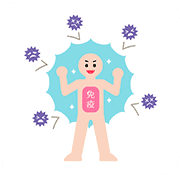
Regulates the balance of hormones and immunity
-

Results in good homeostasis (natural healing power)
Wards off illness and delays aging
Natural healing power
Daily health and treatment of illness is determined based on one’s natural healing power
One’s natural healing power is essentially the ability to defend and regenerate to live life in a healthy manner. Furthermore, modern medicine is first achieved with the help of one’s natural healing power. Examples of one’s natural healing power include the involvement of white blood cells in cellular regeneration and healing while protecting an injury, or surgical wound from pathogens, as well as eating food that is good for digestion, keeping warm and sleeping to recover from the common cold.
No matter how much progress is made in medical sciences, the question as to whether or not treatment will progress is ultimately determined by one’s own natural healing power. In the body, various factors are interconnected with one’s natural healing power, such as breathing (oxygen), blood flow, autonomic nervous system, immunity, and hormones, and a higher natural healing power means that an individual is less likely to fall ill.
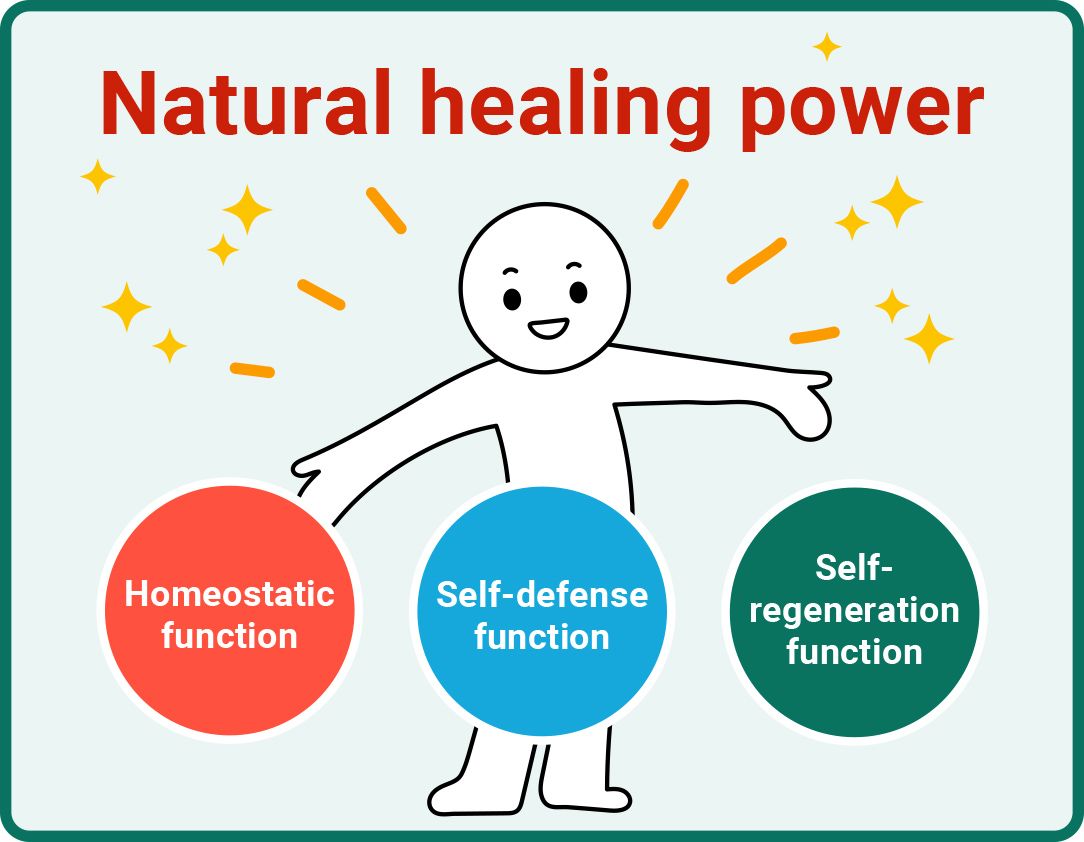
There is no such thing as a magic drug. To improve the effect of a drug, one’s natural healing power is needed to stop an illness from persisting. To live healthy life, a lifestyle that improves the level of one’s natural healing power is indispensable. We believe that sleeping with circulation-improving bedding is an effective means to this end.
The autonomic nervous system keeps organs and tissue to an appropriate state.Disturbance of the autonomic nervous system leads to a decline in one’s natural healing power.
The autonomic nervous system is the nervous system that automatically controls the organs and tissues involuntarily, and includes the sympathetic nervous system as well as parasympathetic nervous system. The sympathetic nervous system induces a state of physical activity through nerves that control action, excitation, and stress. On the contrary, the parasympathetic nervous system induces a state of rest through nerves that control relaxation.
Modern humans tend to exhibit activation and excitatory reactions in sympathetic nerve predominance. When a state of sympathetic nerve hyperactivity persists, it causes blood vessels to contract, blood flow to reduce, and the autoregulation system to malfunction. It also impedes recovery from fatigue, and for various manifestations of poor health to appear, such as headaches, dizziness, palpitations, diarrhea, and constipation. This is the beginning of autonomic imbalance.
Furthermore, for humans to maintain good health, there is a mechanism called homeostasis, which regulates the internal environment of the body. This mechanism maintains appropriate body temperature, blood pressure and blood glucose levels, and even if any bacteria or virus invades the body, this mechanism removes them, and enables recovery from the injury or illness. It can also be understood as the natural healing power of plants and animals.
This homeostasis-based role is adopted by autonomic nerves, immunity, and hormones. These constitute a trinity, and when the autonomic nervous system is disturbed, it leads to a hormone imbalance, reduced immunity, and inability to maintain homeostasis, which in turn leads to poor physical health and illness.
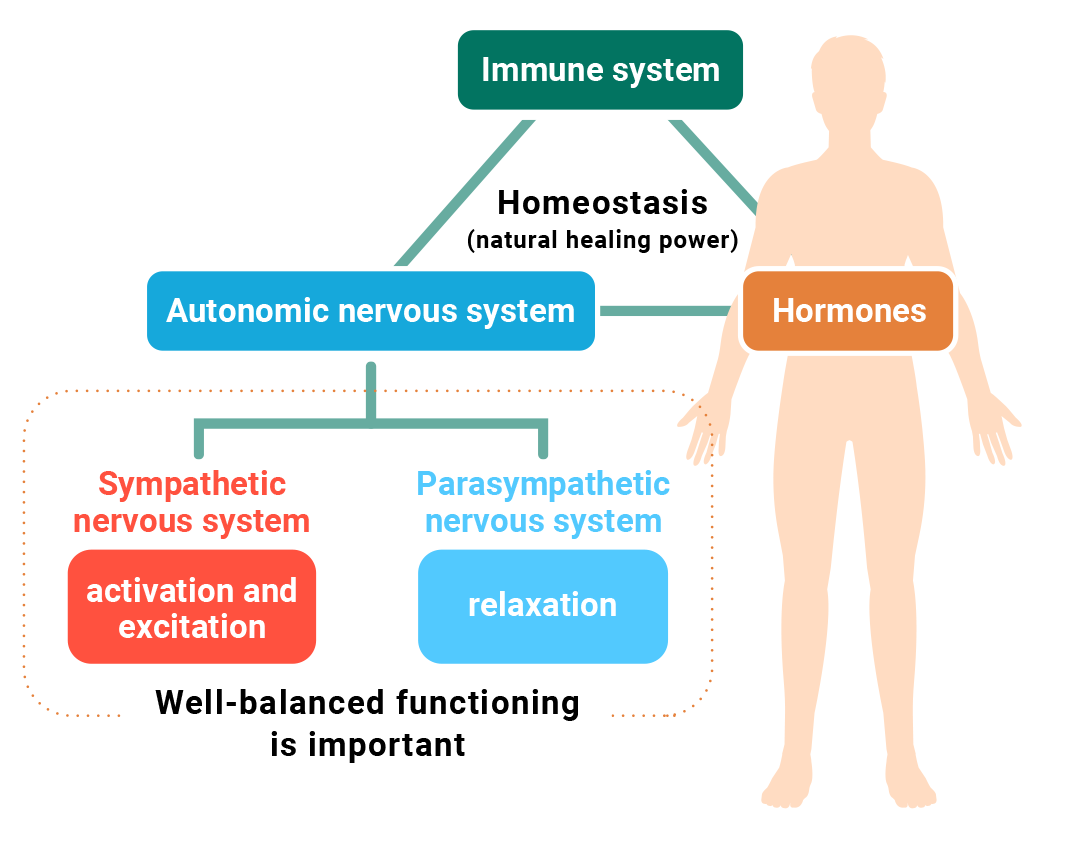
Pressure on the body causes shallow breathing
Pressure on the body from bedding impedes skeletomuscular movement involved in breathing, and causes shallow breathing. With age, breathing becomes shallower.
Breathing involves the motion of moving the diaphragm up and down to ventilate the lungs by moving the skeleton from the sacrum, ribs, and spinal column to the head by moving multiple respiratory muscles. Greater the up–down movement of the diaphragm, longer the breath, and higher the ventilatory volume. However, when standing, there is no pressure on the back, whereas when lying down and facing upwards, the pressure of one’s own body weight is applied to one’s back from the pillow and mattress, and it can easily be understood that movement of the relevant skeletal muscles is hindered.
When pressure is applied to the body, the forward–backward movement of the back ribs attenuates, which in turn weakens the expansion of the ribs. Furthermore, pressure on the body impedes contraction and relaxation of the superior posterior serratus muscle, inferior posterior serratus muscle, and the lumbar quadrate muscle, which carry out the role moving the ribs overall in a cranial–caudal direction on conjunction with breathing. Moreover, body pressure makes it difficult for the spine to move, which weakens breathing even more. This is attributed to the nature of muscles, whereby pressure applied to the muscle belly impedes contraction and relaxation.
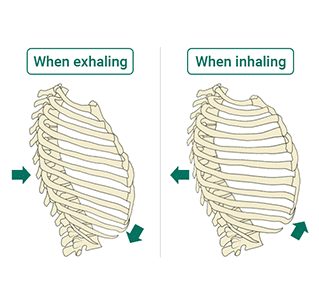
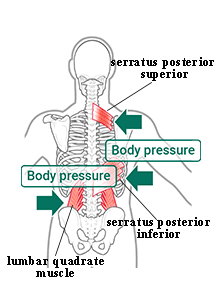
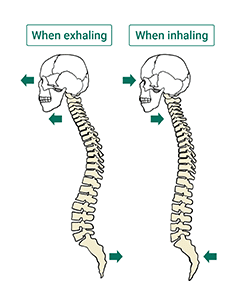
Furthermore, with regard to the pillow, pressure on the body compresses the cervical spine, which causes narrowing of the airway located on the anterior side, and impedes contraction and relaxation of the sternocleidomastoid muscle, and three types of scalene muscles, which are the head and neck muscles for respiration, and thereby disturbs breathing.
This is particularly a problem after falling asleep. When asleep, forced breathing is not possible, and therefore, breathing remains shallow. Furthermore, it increases the risk of apnea. As conveyed by the name “sleep apnea syndrome,” the impact of bedding is very high, and can be eliminated by using circulation-improving bedding.
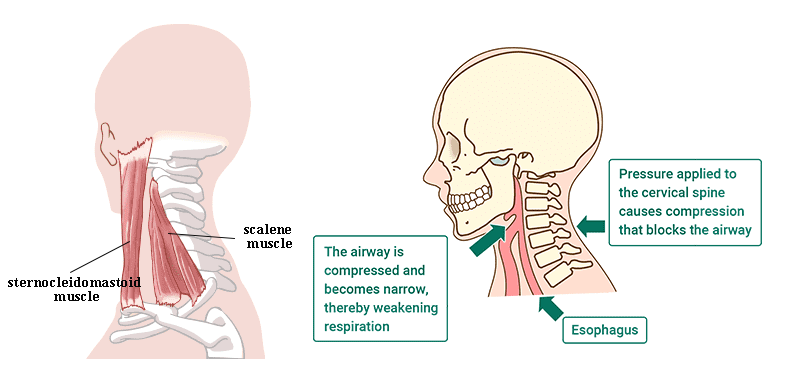
Risks of shallow breathing
Shallow breathing disturbs the autonomic nervous system, causes poor physical health and illness, and hastens aging.
In middle and old age, deterioration of respiratory ability, including apnea and snoring, cannot be avoided. Furthermore, when lying down and falling asleep on the bedding, forced breathing is not possible; therefore, weak breathing and apnea occur, causing a lack of oxygen and disturbance of the autonomic nervous system, which readily leads to bad circulation.
-
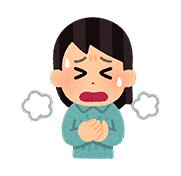
Shallow (rapid) breathing
-

Blood pressure and heart rate increases, and sympathetic nerve activity increases
-
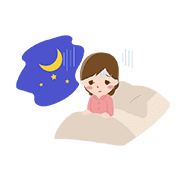
Causing excitement and sleeplessness
-
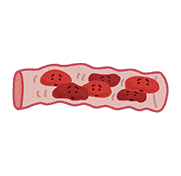
Worsening capillary blood flow
-
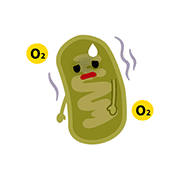
Oxygen deficiency in cells
-
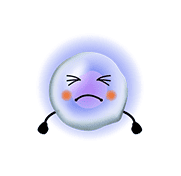
Reducing cellular metabolism and functioning
-
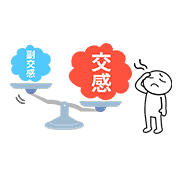
Overuse of sympathetic nerves disturbs the autonomic nervous system
-
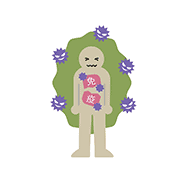
Hormone and immunity balance breaks down
-
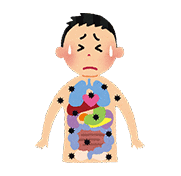
Homeostasis failure
Easily gives rise to various illnesses, such as cancer, dementia, and Parkinson’s disease
Many people probably think that poor-quality sleep, including chronic sleep deprivation, difficulty in falling asleep and waking up during sleep, results from being busy and abundance of entertainment. Furthermore, in sleep, shallow breathing and light apnea are problems. While these can lead to disturbance of the autonomic nervous system, worsening of blood flow, and oxygen deficiency in cells, they become unnoticeable after falling asleep.
Sleep problems end up being neglected when they do not immediately lead to illness, treatment methods do not come to mind, and they are not noticed in the first place, which increases the risk of various illnesses.
Lifestyle-related diseases
Poor-quality sleep and disturbance of the autonomic nervous system are thought to increase the risk of lifestyle-related diseases, such as diabetes and hypertension.
Sympathetic nervous system dominance indicates a stressed state, and when a state of high blood pressure persists, it leads to hypertension.
Sleep deprivation causes poor insulin functioning, and increases the risk of diabetes.
Sleep deprivation affects the hormones that regulate appetite and easily leads to obesity.
Dementia
In dementia, poor blood flow to and oxygen deficiency in brain nerve cells cause inflammation, which leads to a decrease in cells, fibrosis, and poor functioning. Shallow breathing and apnea during sleep cause poor blood flow and oxygen deficiency, which is thought to result in increased risk of dementia.
Parkinson’s disease
Parkinson’s disease is a disorder that manifests symptoms including tremors and slowed movement, which make activities of daily living difficult as the disease progresses. As with Alzheimer’s disease, it is caused by an abnormal accumulation of proteins in the brain. To date, it was thought that developing Parkinson’s disease resulted in deterioration in one’s quality of sleep; however, it has come to be thought that poor sleep quality leads to Parkinson’s disease.
Disadvantages of body pressure-dispersing bedding
In recent years, there has been an increase in body pressure-dispersing bedding made of urethane.
However, with resilient urethane, even for the neck, shoulders, and lumbar region where there is little force applied to the body, the urethane exerts a repulsive force, and places pressure so as to restrict the respiratory muscles and skeleton, and therefore, weakens respiration dramatically. This is particularly remarkable with body pressure-dispersing bedding, and is said to reduce circulation as a result of “shallow breathing and apnea.” Especially in middle and old age, when respiratory ability declines, bedding can readily affect breathing, and the effect is greater as one gets older.
Considering the “importance of the time where 1/3 of our lives is spent sleeping,” the popularization of body pressure-dispersing bedding might be a cause of various illnesses and acceleration of aging.
Fundamentals of health
Drawing out body’s intrinsic abilities and boosting one’s natural healing power.These are the fundamentals of health.Drugs do not invigorate cells, but play a supporting role in treatment
In poor health and illness, such as chronic disease including autonomic imbalance, dementia, and cancer, there are many conditions that cannot be cured or that are difficult to cure with modern medicine. Therefore, drugs are focused on symptomatic treatment (to prevent the appearance of symptoms). Furthermore, drugs have no action such as to invigorate cells.
Perhaps some individuals think that their illness or poor health will get better if they continue taking the drugs; however, drugs carry out a supportive role, and ultimately, whether treatment will progress or not is determined by one’s own natural healing power.
For this reason, we believe that it is important to not rely on medical treatment and drugs after getting sick, but to obtain good homeostasis, draw out the intrinsic abilities of the body, and boost one’s natural healing power.
The only means to obtain such good homeostasis that one can do by oneself is to “breathe deeply and balance the autonomic nervous system.” It can be said that breathing has a great force that cannot be substituted with meals or drugs.
Our recommendations for the following individuals
For individuals who are very health conscious, we strongly encourage the use of our bedding. Without a doubt, your breathing will become easy, it will become easy to fall asleep, and your natural healing power will increase, which can guarantee good circulation.
- Individuals who have difficulty in falling asleep, wake up numerous times during sleep, and cannot sleep soundly
- Individuals with anxiety and strong impatience over not being able to sleep
- Individuals who snore or have apnea. The airway is not compressed, and glossoptosis will not occur, and so it can be expected that continuous positive airway pressure (CPAP) will not be needed.
- Elderly and individuals who are concerned about dementia. Oxygen is supplied in abundance to brain cells even while you sleep, which is believed to lower the risk of dementia.
- Individuals with a lot of stress. Stress increases sympathetic nerve activity.
- Individuals with symptoms of menopause, such as dizziness, and those with autonomic nervous system disturbance.
- Individuals with age-related troubles (such as improper swallowing and urinary troubles)
- Individuals who hope to recover quickly during and after illness.
- Individuals who are involved in sports. Early physical recovery can be expected due to parasympathetic nerve predominance.
- Individuals who perform yoga and physical gymnastics. You can probably understand the importance of deep breathing.
- Individuals who use their head often. A lot of oxygen will be supplied to the brain, and so you can expect a good impact on your intellectual activity.
The structure of circulation-improving bedding
Functions of circulation-improving mattress
The structure is three-dimensional to naturally deepen respiration, whereby the position that weakens breathing is low, while the position that promotes breathing is high (3 patents). The ideal S-shape of the spine can be preserved, with no load bearing on the lumbar, and even if unintentionally, breaths become longer, it is quicker to fall asleep, and the restfulness of sleep is increased. The three-dimensional soft urethane structure fits the body well without feeling strange, allowing for a comfortable sleep.
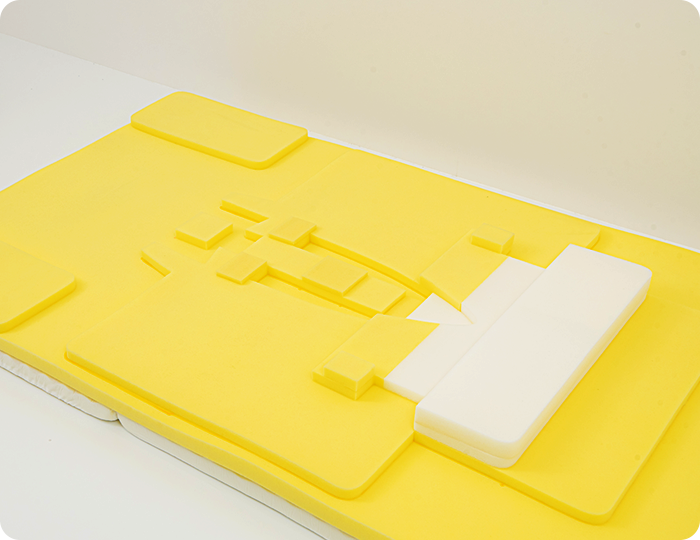
Circulation-improving bedding functions
Pillows are the most important element of sound respiration, and must be used as a pair with the mattress. The pillow structure prevents compression of four types of respiratory muscles of the head and neck, and enables the head and neck angle to be kept stable so as to facilitate breathing, without the cervical spine compressing the airway, and preventing glossoptosis, which makes it a pillow that enables long stable breaths. The patented technology can also prevent apnea and make burdensome CPAP unnecessary.
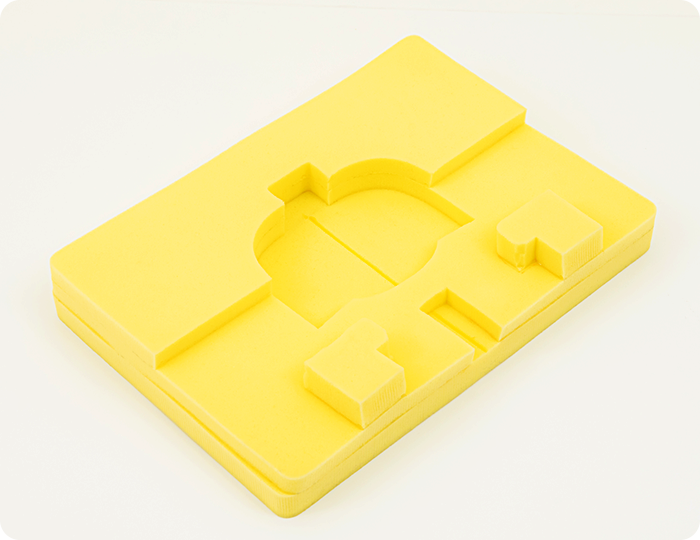
Mattress structure
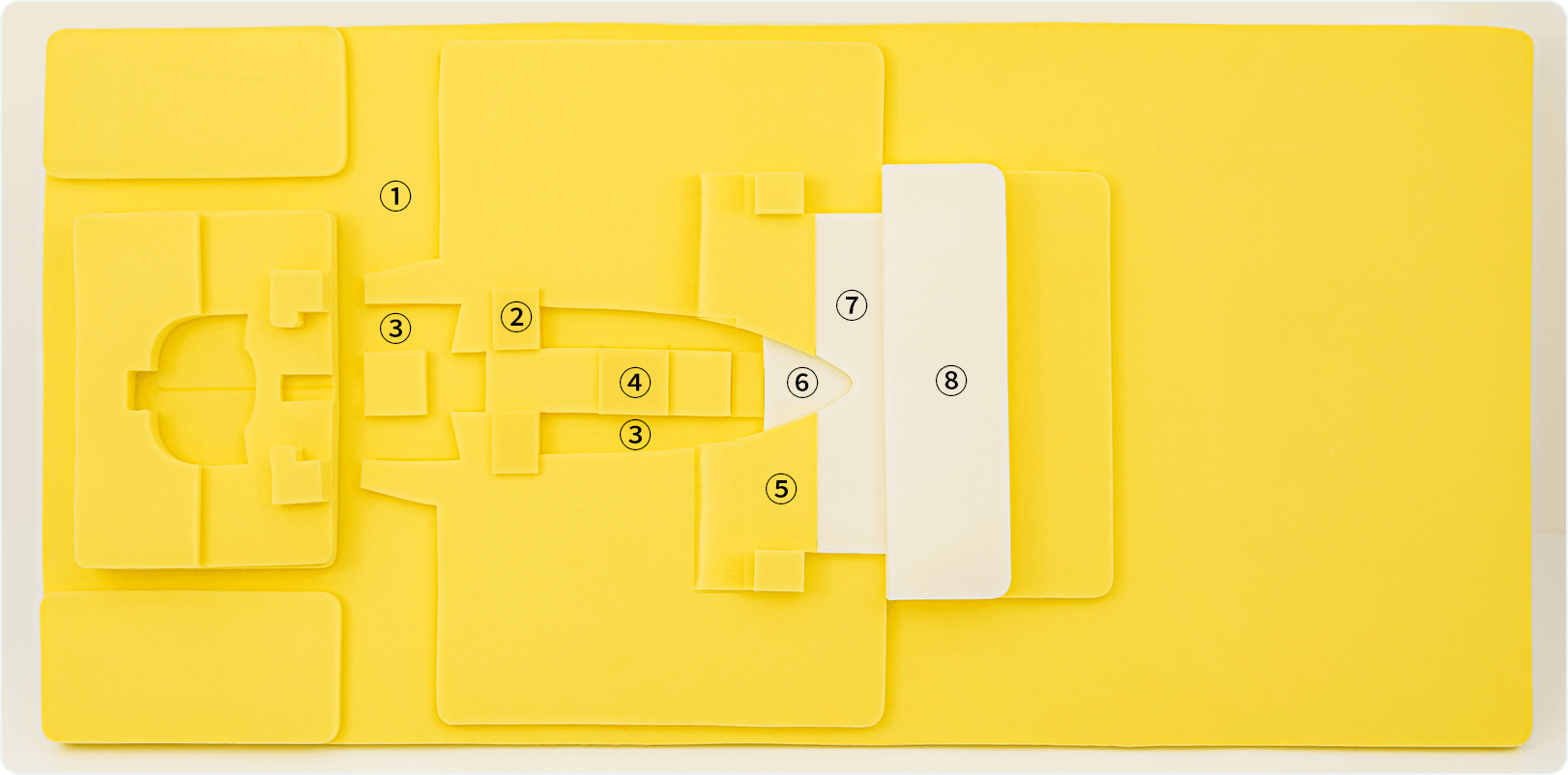
Pillow structure
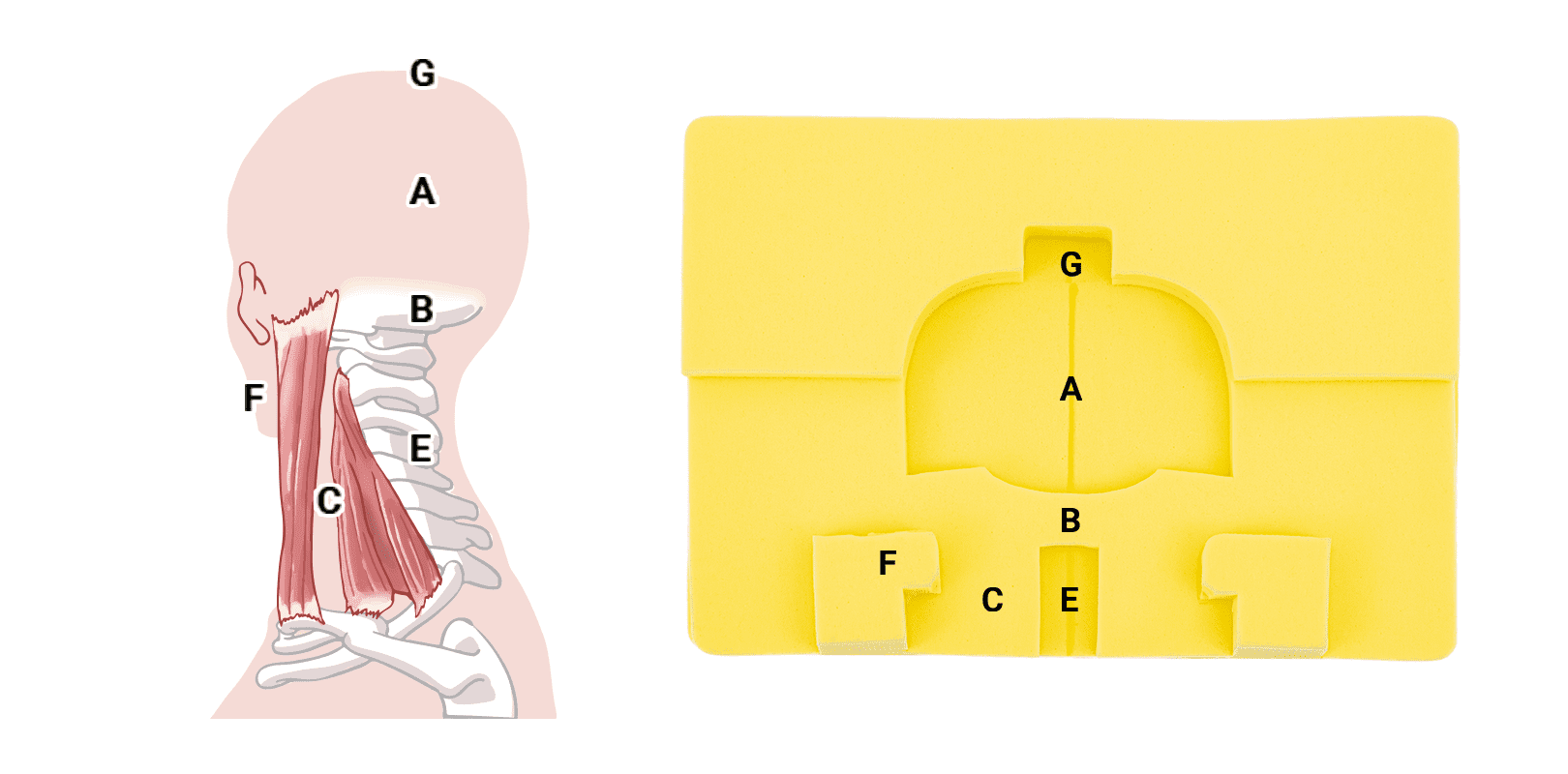
Although it is hardly known, there are several places in the head and neck that obstruct breathing, and thus it is important that respiration-related sites are not compressed, and to this end the angle of the head is important.
Problems of general pillows
Most pillows on the market are shaped in a way that compresses the back of the neck, and as a result, the cervical spine compresses the airway and obstructs breathing.
This leads to difficulty in breathing, and readily results in oral respiration (oral respiration causes shallow, rapid breathing). Furthermore, when the angle of the head is poor, it causes glossoptosis, and frequently results in apnea.
Movement of the head synchronous with respiration is not disturbed.
From the sacrum to the top of the head (the central skeleton of the body from the bottom to the head), there are delicate ondulating movements synchronous with breathing.
We believe that breathing can be felt by the forward–backward movement of the head.
As seen with general pillows, the wave that occurs when pressure is applied to the central part of the back of the head, A, is disturbed, and while sleeping unconsciously, one cannot breathe enough.
The circulation-improving pillow reduces body pressure on part A by supporting the head to a certain degree by portion B on the suboccipital side, and prevents disturbance of the wave motion.
Moreover, the indentation of E at the center of the top of the parietal area prevents compression of the top of the head, and promotes the wave motion.
Maintenance of a head angle that facilitates breathing.
The angle made by A–B–C does not loosen the mandible, prevents the mouth from opening, prevents the hyoid from lowering, and prevents glossoptosis from developing; therefore, reduces stress on the airway, and forms the angle that facilitates breathing the most.
The cervical spine and accessory respiratory muscles do not get compressed.
The central indentation of the neck, E, does not compress the cervical spine; therefore, the airway is not compressed from the dorsal side. Furthermore, pressure on the body is in the form of B > A > C, without compressing the sternocleidomastoideus and three types of scalene muscles, and because movement of the accessory respiratory muscles is not disturbed, the upward–downward movement of the collarbone and breastbone becomes smooth, thereby making breathing easy.
Respiratory rate comparison
A comparison between when using circulation-improving bedding and general bedding
Test: President Toratani (age: 70s)
When circulation-improving mattress and pillow were used
Respiratory rate decreased to 9 breaths per minute, and the thoracic cage expanded by 60%
Breathing is slow and deep
Customer feedback
-
-
I did not wake up once at night and slept through till morning
70s/ female
-
I used to constantly wake up at night, but I did not wake up once, I did not go to the toilet a single time, and I was able to sleep for 6 hours.
-
-
-
I have so much more energy that I can work in the fields
80s / female
-
I was in poor health, and was repeatedly going in and out of hospital, but now I can sleep, and feel so much more energetic that I can work in the fields.
-
-
-
For the first time, I am able to sleep on my back
60s / female
-
I could not sleep unless I was lying on my stomach, but, for the first time, I am able to sleep on my back, which makes me happy.
I wake up feeling very refreshed too. I have also been told that by thundering snoring has reduced. I am often on business trips, and so I want a portable type!
-
-
-
When I slept on hotel beds, I realized how great the circulation-improving bedding was
80s / female
-
By nature, I was someone who fell asleep easily, but after I got used to sleeping on circulation-improving bedding, I could not sleep when I spent several nights in a hotel. It was the worst. Although my aging-related incontinence had disappeared, when I stayed at the hotel, it happened again, and I realized just how great circulation-improving bedding was.
-
-
-
I cannot go back to other bedding
60s / female
-
I used to be naturally rather good at falling asleep, but I was told that I no longer snore. On occasions, when I sleep on different bedding, I feel difficulty in breathing, and I found that I could not sleep very much, and so it was a no brainer to go back to circulation-improving bedding.
-
-
-
Maybe because my mouth was not kept open, I no longer get thirsty
40s / female
-
Having three children, I get tired, and was able to sleep rather well, but with circulation-improving bedding, I became able to fall asleep instantly.
I no longer go to the toilet at night, and I don’t get really thirsty, maybe because my mouth isn’t open, and I wake up feeling good.
-
-
-
I go to the toilet less at night, and I no longer sleep
80s / male
-
I was receiving treatment at home for cancer. I no longer sleep, and I only go to the bathroom once now, which my wife is happy about.
-
-
-
My snoring has decreased, and my sleeping posture has improved
50s / female
-
Although I was not concerned about my sleep, my Godzilla-like snoring has reduced, and my sleeping posture has particularly improved. I sleep in a double bed, and so I want a size that can fit my bed!
-
-
-
I can now fall sound asleep immediately
70s / female
-
When I touched it, there were some bumps, which made me feel a little anxious, but there was no problem at all, and I can now fall sound asleep immediately compared with the bedding I used before.
-
-
-
I slept until morning without tossing around
Teens / male
-
My symptoms of an intractable disease worsened, and I was receiving respiratory support, even during the day. I have tried various types of bedding so far, but I became able to sleep well with circulation-improving bedding. I usually toss and turn a lot, but I could sleep on my back until morning.
-
Frequently asked questions
How should I judge its effects?
It can be judged by the quality of sleep and depth of breathing.
Sleep on it for a few days, and you will find that you will fall asleep faster, wake up less at night, wake up feeling good, etc. Sleep is greatly affected by the conditioning; hence, rather than only one day, try the bedding for a few days.
Furthermore, we believe that it would be good to be able to feel whether or not your breathing has deepened. The health effects of deep breathing will be exhibited throughout your sleep.
Can the bedding be washed?
The cover can be washed, but the actual mattress and pillow cannot.
My respiratory rate does not change on my smart watch, such as an Apple watch.
The respiratory rate was not measured with a smart watch. Our company confirms that smart watches have very low accuracy, and do not show changes in values even if the respiratory rate changes considerably, and so they are not at all suitable for measuring the respiratory rate.
Actually, most hospitals do not have equipment capable of measuring the respiratory rate accurately. In hospitals, respiratory rate is calculated visually by an individual watching the movement of the patient’s chest.
At our company, while log-term measurements cannot be taken, we use a band-type measuring device capable of accurately measuring the respiratory rate by measuring chest movements.
I usually sleep on my side.
Please use circulation-improving bedding in the supine position. You can sleep on your side temporarily. Sleeping in the supine position can be easily done, even by individuals who usually sleep on their side.
Turning sideways on general bedding is said to help the body eliminate the load bearing on the lumbar spine and shallowness of breathing that is experienced in the supine position, which is thought to be the reason for the habit of always sleeping on one’s side. However, sleeping on one’s side is considered poor for the body as it places stress on the body, such as the shoulders and neck, and makes the body adopt a hunchback or rounded shoulder posture.
I feel like it hurts my lower back.
Do not use the mattress on the floor directly rather place it on a futon or bed.
The pillow is to be placed at a distance of approximately 3 cm immediately above the protruding portion of the mattress.
If you experience pain in the body, such as the lower back, do not use the bedding for 1–2 days, and then try it again.
(This is because in many instances the pain is not caused by the bedding)
How to use circulation-improving bedding?
-
The bedding is to be placed on top of the futon or bed that you currently use.
*Note: Please do not use the bedding placed directly on the floor.
-
The pillow is to be placed at a distance of approximately 3 cm directly above the protruding part on the image.
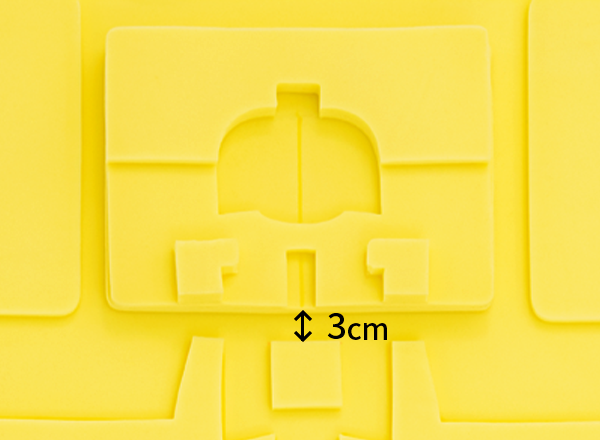
-
Use it in the supine position, with the back of the head placed in the indentation of the pillow.
* You can temporarily sleep sideways for a change.
Product details
- Product line
- Mattress, pillow, mattress cover, pillow cover, and storage bag
- Specifications
-
Product name Mattress Structure Flat Dimensions Width: 95 cm, Length: 195 cm, Thickness: 8 cm Hardness Relatively soft (40 newton) Recovery rate 97.5% Exterior cloth composition 100% polyester Precautions for use: - Keep away from fire and hot items
- Do not wash
- Use with cover on
Weight 4.32kg Country of manufacture Japan Product name Pillow Structure Flat Dimensions Width: 46 cm, Length: 32 cm, Thickness: 8 cm Hardness Relatively soft (40 newton) Recovery rate 97.5% Exterior cloth composition 100% polyester Precautions for use: - Keep away from fire and hot items
- Do not wash
- Use with cover on
Weight 0.48kg Country of manufacture Japan
Inquiries
Inquiries can be made via this form.
Order
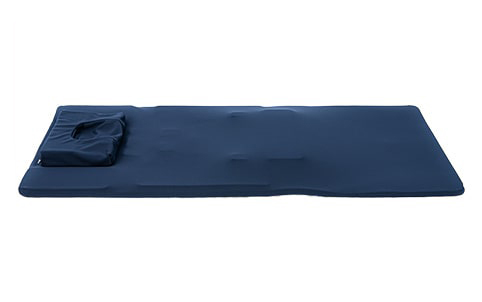
Toratani Circulation - Improving Bedding & Pillow
Toratani Circulation - Improving Bedding / width 140cm
¥1,050,000
Toratani Circulation - Improving Bedding / width 120cm
¥840,000
Toratani Circulation - Improving Bedding / width 95cm
¥700,000
※ご希望の身長に当てはまらない方はご相談ください。
※当社サイトは以下の文献とサイト情報を根拠に作成しました。
根来秀行医学博士著「病まないための細胞呼吸レッスン」
「ギャノング生理学原書26版」、「いちばんやさしい生理学」
順天堂大学小林弘幸医学部教授著「自律神経がすべてを解決してくれる」
アンドルーワイル医学博士著、上野圭一訳「癒す心 治る力」
成人病予防協会
成人病予防協会
成人病予防協会
東洋経済オンライン 根来秀行医学博士
ダイヤモンドオンライン「寝るだけで脳が再生」
日経グッディ
うつ病と自律神経、自然治癒力と呼吸 ウェッジオンライン
IBIKI
PHPオンライン衆知 小林弘幸医学博士
自然治癒力を高める呼吸法
※呼吸の仕組みについては理学療法士のサイトがわかりやすいので紹介します。

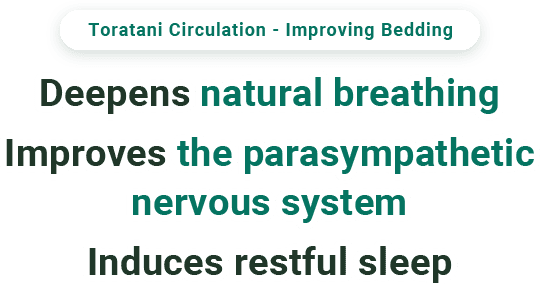
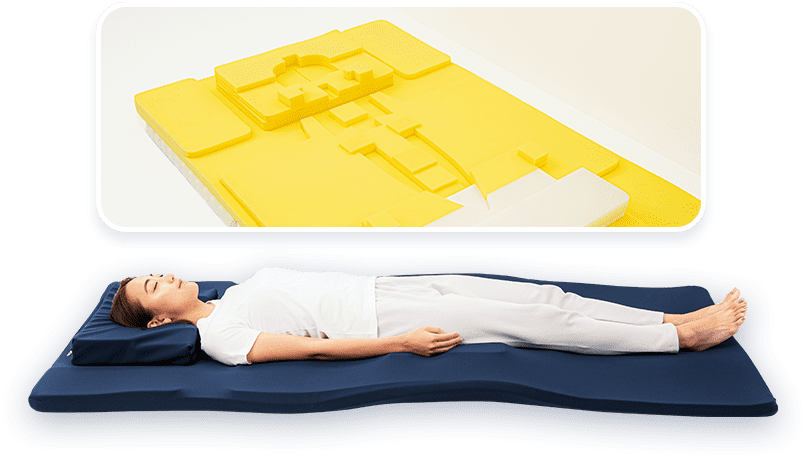
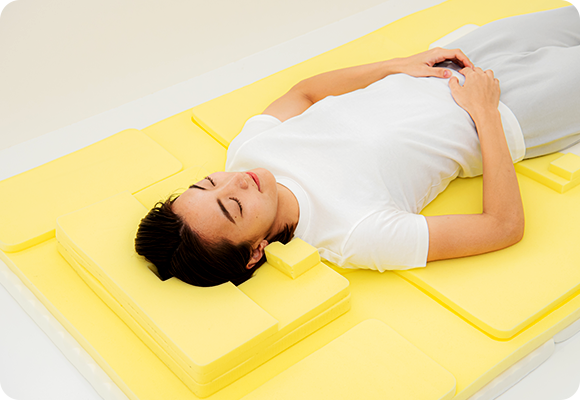
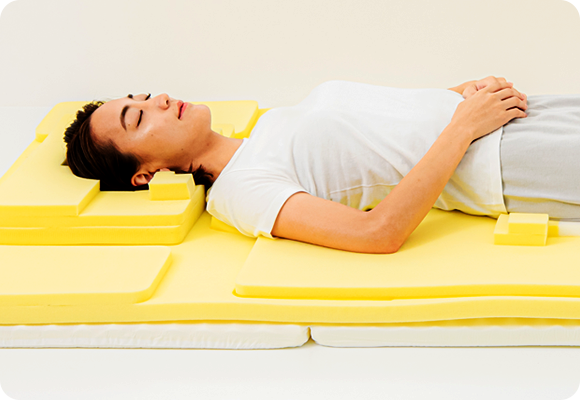
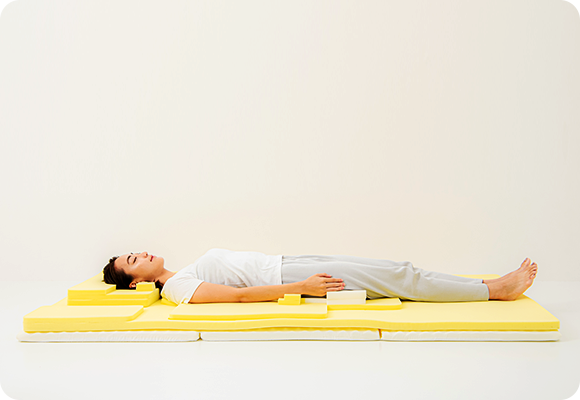
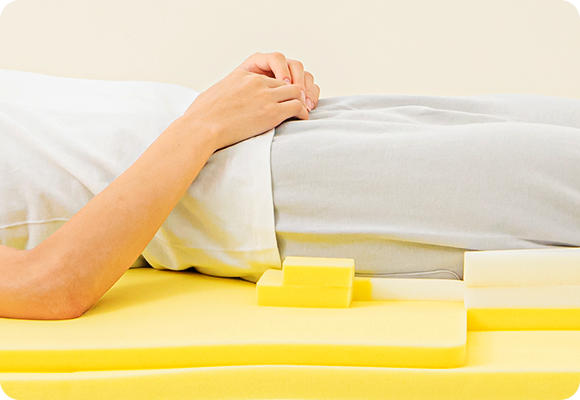
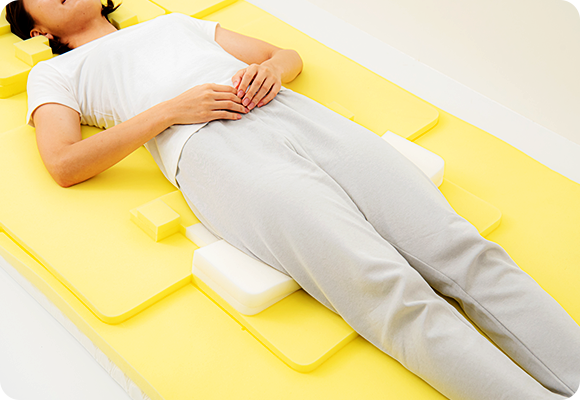
※先行モニターおよび購入者の声です。
※個人の感想であり、効果・効能を示すものではありません。